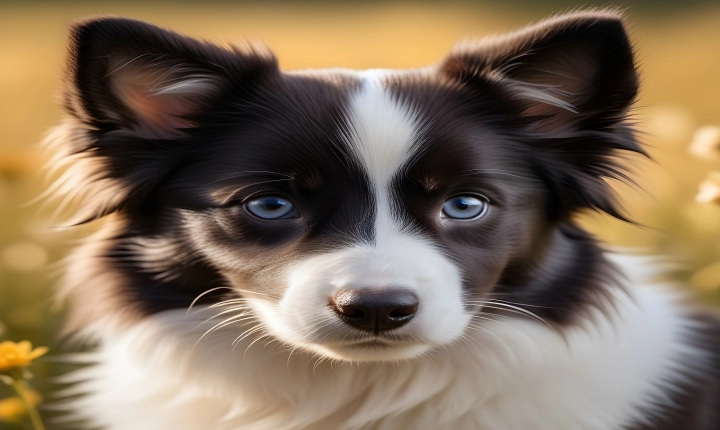Title: Unlocking the Power of Image Trace AI: A Step-by-Step Guide
In the world of design and digital art, the ability to transform raster images into scalable vector graphics is crucial. Image Trace AI, a powerful feature in Adobe Illustrator, allows designers to achieve this transformation effortlessly. By utilizing advanced algorithms and machine learning, Image Trace AI can accurately convert complex images into editable vector artwork, enabling creators to maintain the integrity of their designs across various platforms and media.
If you’re looking to tap into the potential of Image Trace AI, here’s a comprehensive guide to help you harness its capabilities in your creative work.
Step 1: Choose the Right Image
Before diving into Image Trace AI, it’s essential to select the right type of image for vectorization. It’s recommended to start with high-quality, high-resolution images with clear outlines and defined shapes. Simple and distinct images, such as logos, icons, or illustrations, tend to produce the best results when using Image Trace AI.
Step 2: Open Adobe Illustrator
Launch Adobe Illustrator, and open the image you want to vectorize. Once the image is loaded, select it to activate the “Image Trace” option from the control panel at the top. Alternatively, you can access Image Trace AI by navigating to the “Window” menu and selecting “Image Trace” from the drop-down list.
Step 3: Choose a Preset
After activating Image Trace, a variety of preset options will become available in the control panel. These presets are designed for different types of images, such as line art, high fidelity, grayscale, and more. Experiment with different presets to find the one that best suits your image and desired outcome. You can also customize the settings further by adjusting factors such as the number of colors, paths, and noise reduction.
Step 4: Refine the Image
Once you’ve selected a preset, Illustrator will apply the image trace and convert the raster image into vector artwork. At this point, you may need to refine the result to achieve the desired level of detail and clarity. You can refine the image by tweaking the settings in the control panel, such as adjusting the threshold, paths, or color options to enhance the quality of the vectorized image.
Step 5: Expand and Edit
After achieving the desired vectorization, it’s time to expand the traced image and convert it into editable vector artwork. To do this, select the traced image and click on the “Expand” button in the control panel. This will convert the traced image into individual vector elements, allowing you to edit, modify, and customize the artwork as needed.
Step 6: Fine-Tune and Customize
With the traced image expanded, you now have full control over the vector artwork. You can refine the paths, adjust the colors, manipulate the shapes, and make any necessary alterations to achieve the perfect outcome. This process allows you to tailor the vector artwork to your specific design requirements and creative vision.
Step 7: Save and Export
Once you’re satisfied with the vectorized artwork, save the file in a compatible format to preserve its scalability and editing capabilities. Illustrator supports various file formats such as AI, EPS, PDF, and SVG, which are ideal for maintaining the integrity of vector graphics across different platforms and software.
Incorporating Image Trace AI into your design workflow can significantly enhance your creative output, providing you with the tools to seamlessly convert raster images into scalable vector graphics. By following these steps and experimenting with different presets and settings, you can unlock the full potential of Image Trace AI and leverage its advanced capabilities to bring your designs to life in a versatile and dynamic manner.
In conclusion, Image Trace AI is a valuable asset for designers and artists, enabling them to bridge the gap between raster and vector artwork. With its intuitive interface and powerful features, Adobe Illustrator’s Image Trace AI empowers creators to elevate their designs and streamline the process of vectorization with precision and efficiency.
